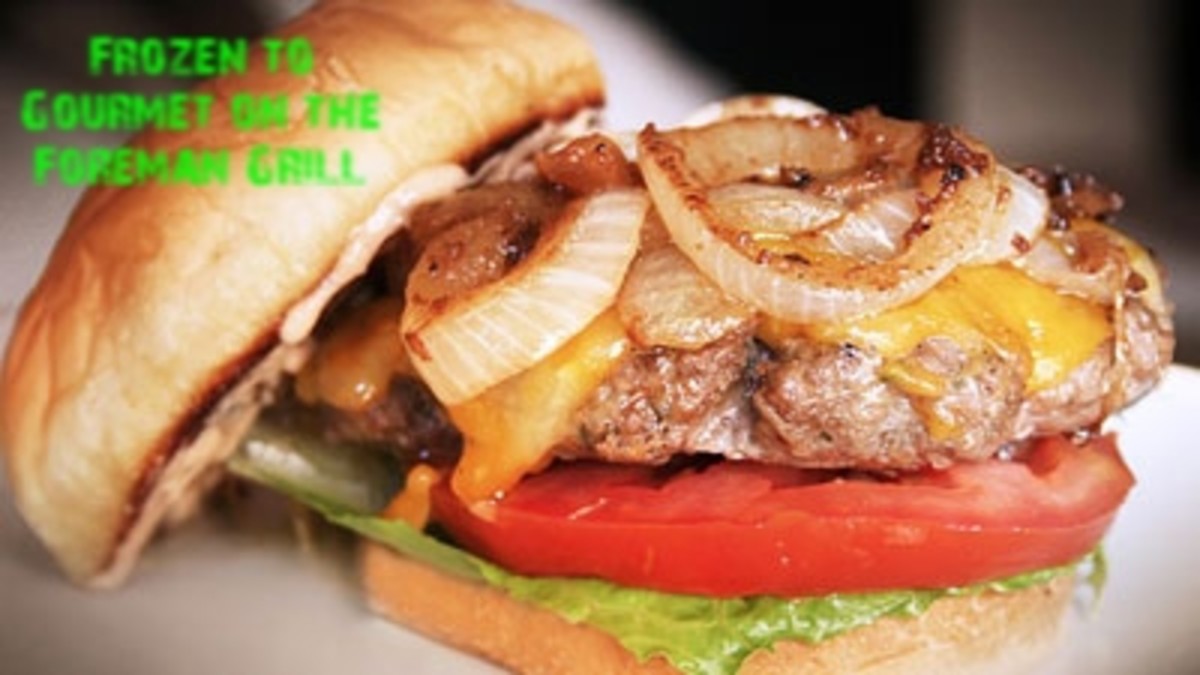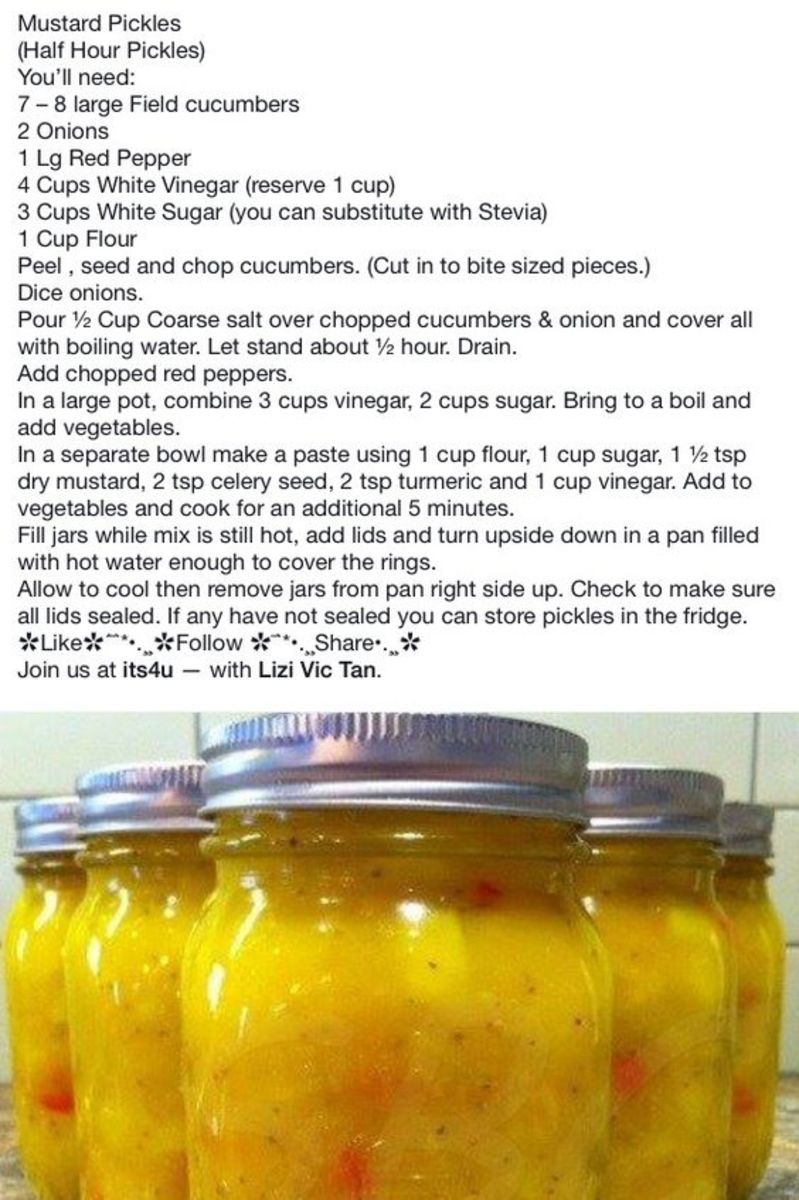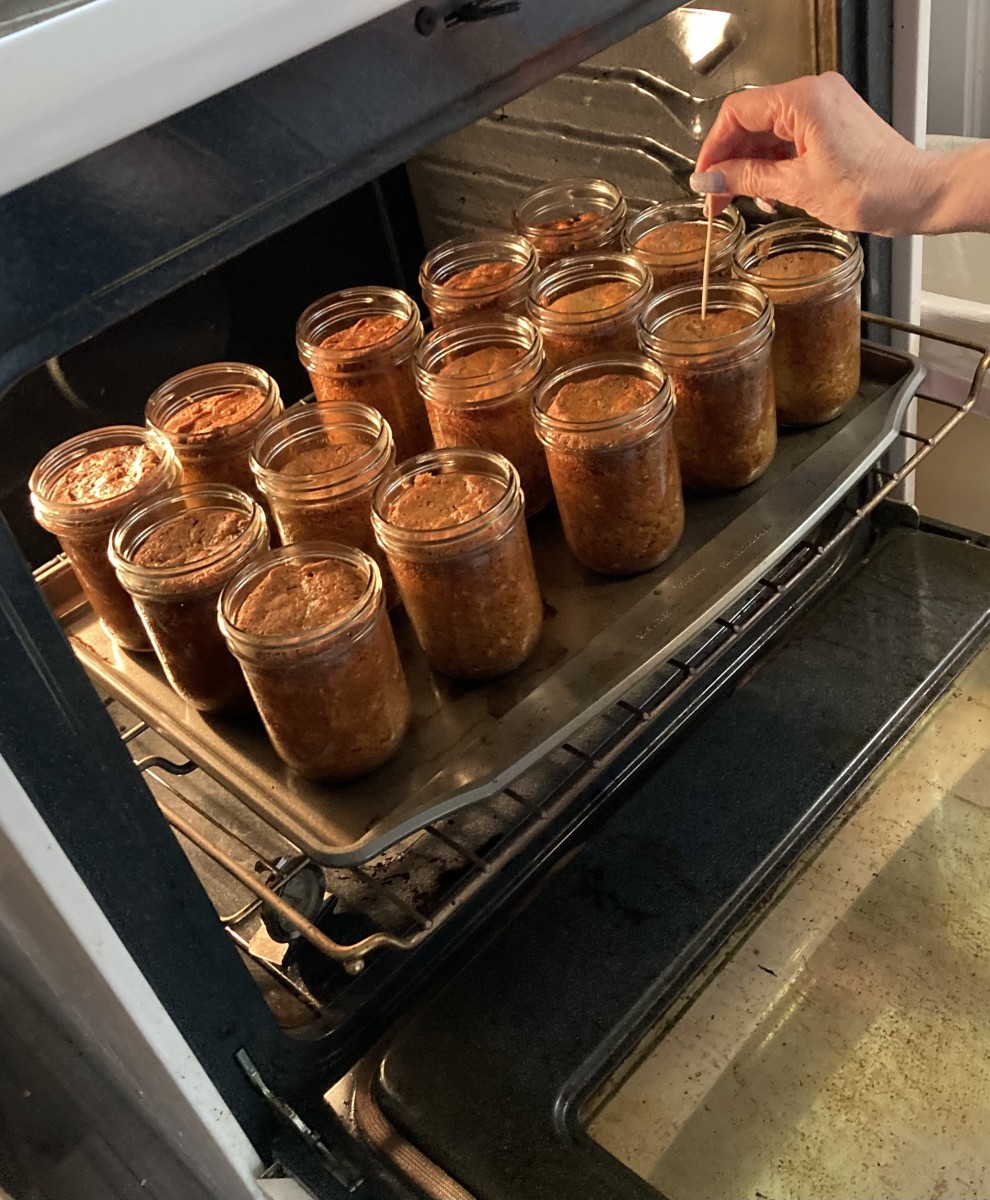Making Perfect Pasta Dough From Scratch
Pasta is one of the most versatile foods I can think of. Now, anyone can buy a box of dry semolina pasta at the market but, fresh egg pasta is rarely available unless it is full of preservatives and can be quite expensive. Making your own egg pasta is incredibly easy and will taste immensely better than any store bought brands.
Fresh pasta can also be made with an immense variety of infused flavors, and can be used from anything from linguine to ravioli. Yet it can be frustrating if you have the wrong recipe or do not understand what a GOOD pasta dough should be.
Making pasta is also one of my favorite activities in the kitchen and in this hub I want to share my basic pasta recipe and some tips for making a great dough with you..
In my experience, fresh pasta is best made in medium size batches.
For this recipe you will need:
- 4 cups of unbleached all purpose flour - I use King Arthur unbleached all purpose flour, as it is the most local to my area but any unbleached flour will do
- 1 teaspoon baking powder
- A pinch 1/8 to 1/4 teaspoon white pepper
- 2 teaspoons of salt
- 5 eggs
- 4 tablespoons extra virgin olive oil (E.V.O is recommended but blended olive oil will work as well)
- Warm water as needed (usually about 1/2 to 3/4 cup)
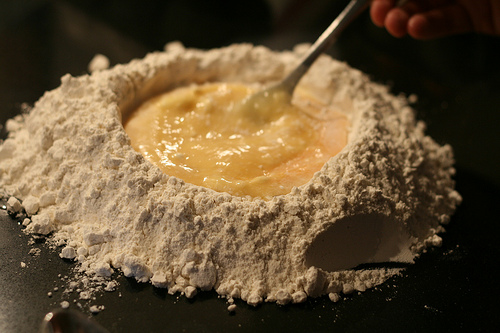
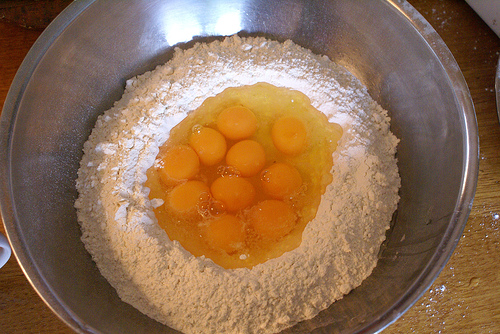
When making pasta dough, many purists believe that there is only one way. You mix the flour and other dry ingredients, pile the flour on a large flat surface, make a well in the center, and then add your eggs and liquid.
The basic idea is that you beat the liquid and it gradually incorporates the flour to form a dough. It takes practice to avoid breaking the well and spilling the eggs all over the table. I am convinced that this method was created for the sole purpose of frustrating aspiring pasta makers.
Now in my experience ( I make fresh pasta at least twice a week at the restaurant), there is no difference between dough made this way and dough that is hand mixed in a bowl or in a kitchen aid style mixer with a dough hook. I recommend the kitchen aid if you have oine, its faster and it is easier to adjust the texture of your dough as you make it.
To begin:
- Mix your eggs and oil, and beat lightly.
- Place your flour in a large mixing bowl, or kitchen aid bowl, add the salt, pepper and baking powder and mix thoroughly.
- Make a well in the center of the bowl and add your eggs and oil.
- Beat vigourusly and gradually add half the water over the first two minutes.
- If using a kitchen aid and a dough hook, set the machine on low and let it go to work and again, add half the water over the first two minutes .
If you are mixing in the machine the next part is easy. Gradually add your water until the flour is nearly incorporated into a fairly dry crumbly dough. At this point, add water in small amounts giving about 30 seconds until the dough is basically one giant blob in the mixer.
If you are using mixing in a bowl, mix the eggs and liquid with a fork or spoon adding water until you get a sticky dough (when 1/2 to 3/4 of the flour is incorporated) that you cannot mix with a spoon. Then knead in the rest of the flour. Since the dough will be is sticky the best way to do this is to pile the remaining flour on top of the mixed portion and knead for several turns, and then repeat the process.When the dough is dry enough to not stick to the bowl, its easier to finish kneading on a flat surface.
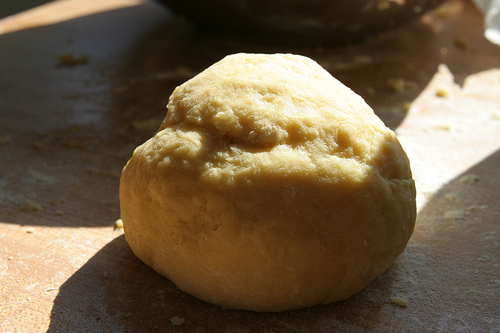
The final consistency should be a firm dough, that holds a depression made by a finger, but one that is not wet or sticky. Lightly flour the dough and wrap it in plastic. The dough should set in the refrigerator for at least an hour. Leaving it overnight will give you the best results. Letting the dough set allows the final particles of flour to moisten, preventing a grainy pasta dough that can crack when making ravioli or other pastas.
Pasta dough can be stored for around four to five days in the refrigerator or frozen. I hope to be adding a few hubs on different pasta techniques in the near future. Good luck and enjoy!

